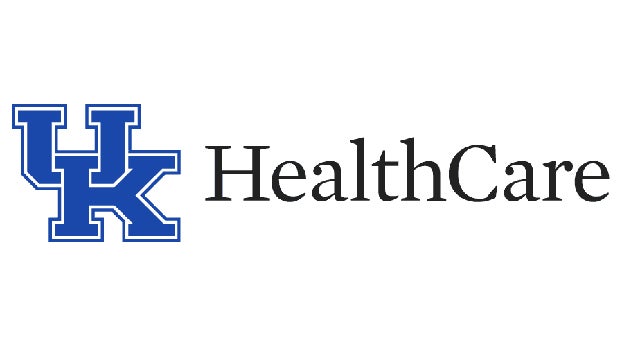See a baby animal? Nature probably doesn’t need your help
Published 7:52 am Monday, March 13, 2017
I love when springtime arrives and the world is coming alive again with the greens, yellows and pastels of spring. With new plant growth also comes new baby animals. And who doesn’t love to see a cute baby bird or bunny?
Though if you are anything like me, when you see a baby animal your first thought after “you are soooo cute” is “where is your mother?” Loving nature can be tough sometimes. There is a line between admiring the outdoors and interfering with Mother Nature. And sometimes our love for nature blurs that line.
It’s natural to want to help animals who look like they’re in need. But before you “help” an animal, it’s best to make sure they really need your help. For the most part, we should just leave nature to its own devices. Odds are the animal you see has been taking care of itself, and doing a pretty good job without our help.
A couple of years ago, we had a nest of baby rabbits in our yard. The mother rabbit had camouflaged them and hidden them but we stumbled upon the nest on accident and could see inside a little bit and saw some fluffy bunnies. As soon as I saw the bunnies I thought “Oh my goodness you are adorable.” Then I thought “where is your mother?”
I was very careful not to touch the nest or disturb them — I didn’t know for sure if the mom was nearby or not. Every so often I’d go out in my yard and — keeping a safe distance so I wouldn’t scare them — I’d check and see if they were still there. On all of my checks, I never saw the mom.
I started to wonder if they had been abandoned. I wondered if I should “save” the bunnies.
So I started doing some research. Through my research, I discovered that mother rabbits will usually hide, and they don’t go to the nest during the day. The mom only comes to the nest at dawn and dusk, when it’s safer for her and the bunnies.
I realized that the mother rabbit who I had thought was abandoning her nest was actually just doing exactly what mother nature intended. By going to her nest at dusk and dawn she was actually protecting her babies because she wasn’t drawing attention to their whereabouts while predators might be around.
I realized that my “saving” the bunnies would have really been bunny-napping.
A few weeks later I saw three happy young rabbits hopping around my yard. They had gotten big enough that they could be on their own and didn’t need the protection of the nest. Their mom had done a good job — as the saying goes, “mother knows best.” She definitely knew better than I did.
If you think a bunny has been abandoned, or if a bird fell out of a tree, it’s almost always best to let nature take care of itself. Even if the mother bunny had abandoned her nest, that kind of thing happens and nature will take care of itself. We might not like to think about it, but other animals besides bunnies need to eat too.
Without all of the animals keeping each other in check, the whole ecosystem can get off-balance. Often, the best thing we can do is take a laissez faire attitude toward these situations, because we can often cause a lot more harm than good.
That isn’t to say that we shouldn’t keep an eye out for animals and help if it’s needed. But such situations are very rare.
If you see an animal in the wrong location, or it is obviously in distress you can always call animal control. A few years ago, I was in the parking lot of a mall and there was a groundhog under a car. It was really hot outside and I think he got lost and was looking for some shade. The groundhog looked like he was in distress so I called animal control and they were able to come get him.
If you ever think injured or orphaned wildlife is in need of human help, you should not remove the wildlife yourself; you should contact a permitted wildlife rehabilitator. There is a list of permitted wildlife rehabilitators available from the Kentucky Department of Fish and Wildlife Resources available here: app.fw.ky.gov/rehabilitatorNew.
According to the Kentucky Department of Fish and Wildlife Resources, “A wildlife rehabilitation permit shall be obtained prior to possessing live native wildlife. It is illegal to remove young wildlife from the wild (and) you are risking citation, and a permit will not be issued for illegally taken wildlife. These animals should be left in the wild, or returned there, and legal recourse for injured and orphaned wildlife is the prompt transfer of these animals to a presently permitted wildlife rehabilitator.”
If you would like more information, you can contact Fish and Wildlife at (800) 858-1549, or visit their website is fw.ky.gov.






